Even as Marathi cinema attracts bigger investments, will the industry move away from its minimalistic approach and veer towards commercialism?
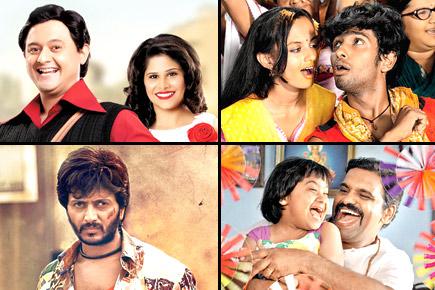
Duniyadari, Timepass, Lai Bhaari and Yellow
When compared to Bollywood, regional cinema is a relatively less expensive proposition. Take for instance, the Marathi film industry.
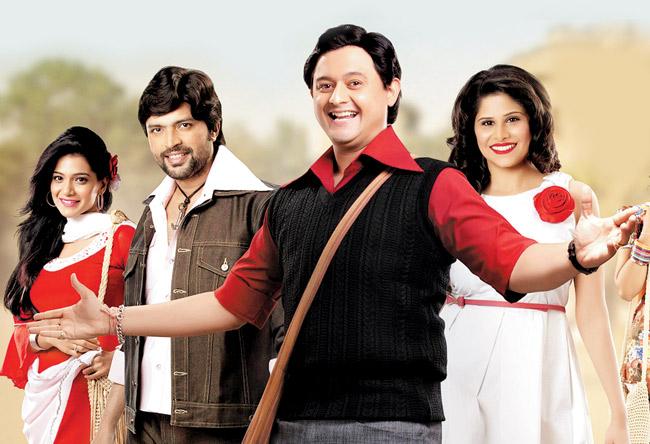
Unlike most Marathi films, Sanjay Jadhav’s Duniyadari — made at a budget of Rs 2.5 crore — was released not only in Maharashtra but also in Gujarat, Goa and parts of north Karnataka. It grossed over Rd 23 crore. Interestingly, Jadhav’s next film has a budget that’s upwards of Rs 7 crore
Usually, the cost involved in making a Marathi film hovers somewhere around the budget allocated by a Bollywood venture just for its publicity and advertisements. Interestingly though, this scenario is slowly changing. Undoubtedly, Marathi cinema still has a long way to go. But the fact is that of late, Marathi cinema has received a massive boost.
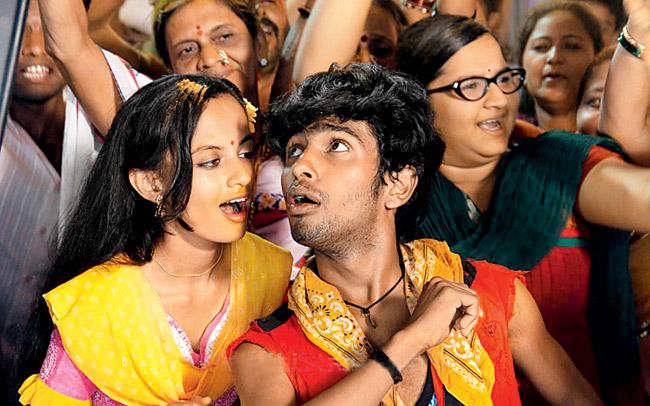
Timepass (2014) had a record-breaking opening weekend of with a collection surpassing Rs 5 crore and eventually grossed Rs 31 crore by the end of its three-week run
Riteish Deshmukh’s Lai Bhaari (2014), for one, cost Rs 7 crore to make, but it earned collections upwards of Rs 40 crore. Now two points deserve a mention here. Firstly, Marathi films are known for their minimalistic approach and thus, a Rs 7 crore budget can be best described as whopping as per Marathi industry standards.
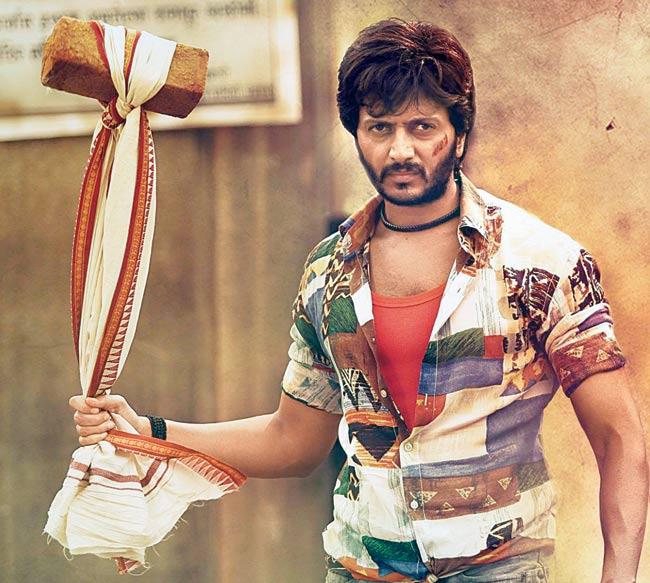
Made at an ‘expensive’ budget of Rs 7 crore, Lai Bhaari (2014) went on to become the highest grossing Marathi movie of all time
Secondly, this film went on to collect an impressive R40 crore and that too, mostly from its shows in single screen theatres across Maharashtra, where ticket prices doesn’t really exceed Rs 100.
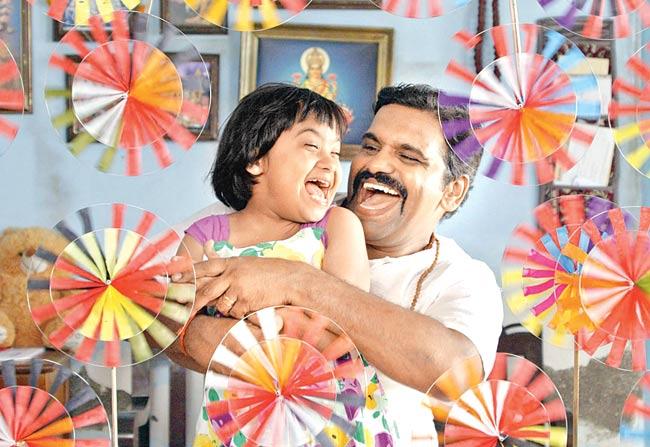
Yellow, co-produced by Riteish Deshmukh, was partly shot in Bangkok
Another case in point is Ravi Jadhav’s Timepass (2014), which was made within a budget of Rs 2 crore and posted collections of Rs 32 crore. Last year, Sanjay Jadhav’s Duniyadari achieved a similar feat of sorts when the film — made with Rs 2.5 crore — collected Rs 24 crore at the box office. Jadhav’s upcoming Marathi film, Pyaar Vali Love Story has cost him Rs 7.5 crore.
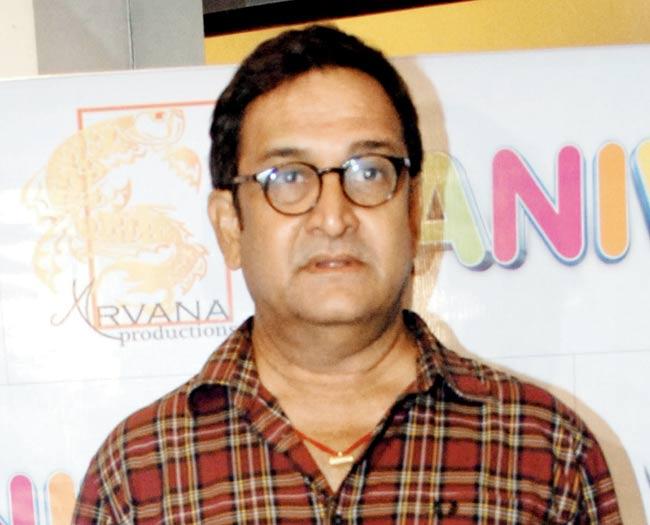
Mahesh Manjrekar
Clearly, budgets and revenue have shot up. Samit Kakkad, director of the hit Marathi film, Aayna Ka Bayna (2012), agrees. According to him, production houses are compelled by audience expectations to shell out more money. “The credit goes to the audience for supporting the recent revival in Marathi cinema. With time, they’ll want to watch major productions as well.”
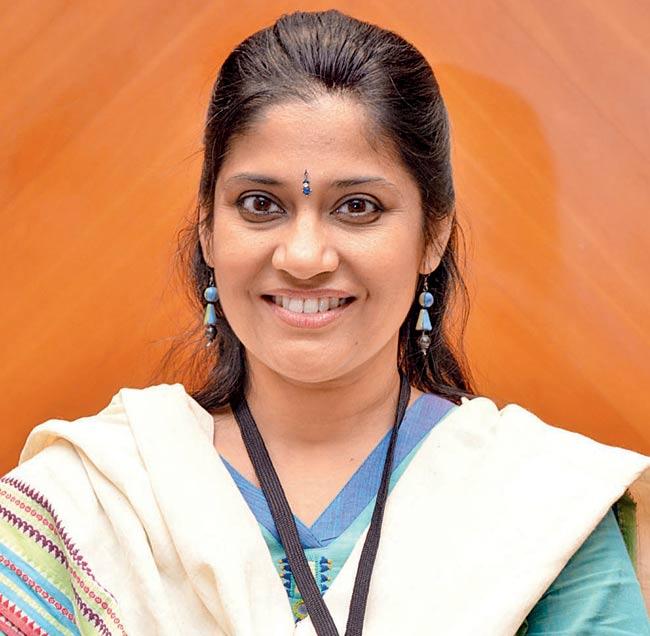
Renuka Shahane
Out of the comfort zone
One can’t help but notice that this change has been brought about by a shift in the audience’s outlook. Until recently, Marathi cinema was rooted and it stuck to familiar milieu; seldom did it step out of the comfort zone. Lai Bhaari did just that; it claims to be the first full-fledged action film in Marathi. Starring Riteish, the uber-successful venture undoubtedly had a Bollywood touch to it.

Nagraj Manjule, director, 'Fandry'
Interestingly, back in the ’80s, Tamil cinema underwent a similar metamorphosis. Suddenly, money was being pumped into films, thus making the end product look larger than life. Is this the path that Marathi cinema will tread on in the not-so-distant future?
More than just a trend?
According to producer-director, Mrunalinni Patil, it’s too early to speak of a big change. Patil, who helmed the Marathi film, Raakhandaar, believes that Marathi cinema is better off being minimalistic. “What we are currently witnessing is a trend where money makes all the difference, but it’s not a feasible change. A majority of filmmakers here can’t afford big budgets. Nevertheless, we are living in interesting times where there are many possibilities and that is a welcome change.”
Indeed, Marathi cinema is going through a paradigm shift; it’s the youth that is driving box-office collections. College students and youngsters, who would otherwise overlook regional fare and opt to go watch Hindi or Hollywood films, are looking forward to Marathi film releases. Even the morning shows — generally considered to have a low turnout — see young audiences in attendance of late.
Actor-turned-director Renuka Shahane says this positive trend is boosting the morale of producers. But she has a word of caution too. “It’s great if a producer can pump in more than Rs 5 crore into a Marathi film. But if the film fails, the producer should be able to withstand the losses.”
Exploring new territories
Gone are the days where Marathi cinema would restrict itself with regards to story ideas or locations, these days Marathi films are busy breaking barriers – be it in terms of scripts or and even shooting abroad (see box).
Two years ago, Mahesh Manjrekar made Kaksparsh with Rs 1.4 crore and earned Rs 14 crore in returns. The filmmaker now plans to make a historical film on Shivaji Maharaj but that’s on hold as of now. “The screenplay demands extravagance and I’d rather wait for funds than haphazardly make a film just for the heck of it.”
Of course, like in any industry, recovering the cost is of utmost importance.
Like Duniyadari director, Sanjay Jadhav, says, “There’s always tension in cinema business. There’s no such thing as security or assurance in a film industry. Anything can go wrong here.”
Interesting times indeed.
Help at hand
According to a new subsidiary plan, a Marathi film is entitled to receive R40 lakh as subsidy, provided it stays true to its regional identity. Moreover, Marathi films are tax-free by default in Maharashtra.
 Subscribe today by clicking the link and stay updated with the latest news!" Click here!
Subscribe today by clicking the link and stay updated with the latest news!" Click here!









